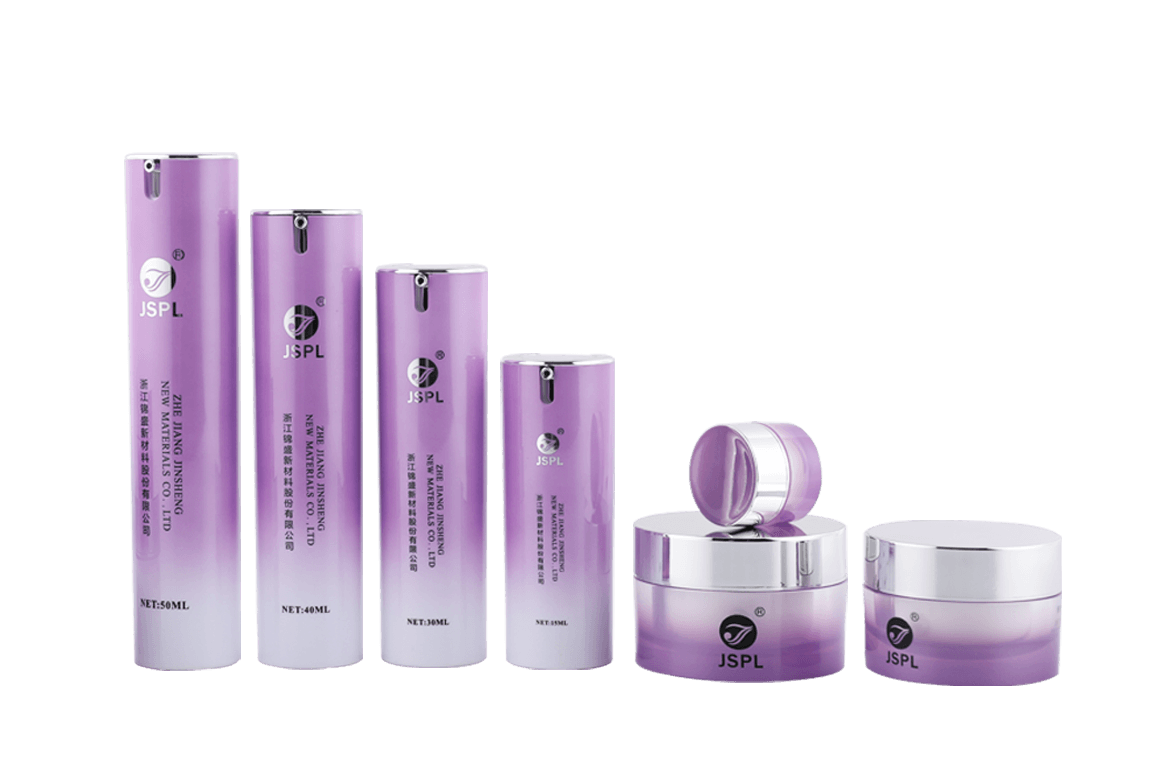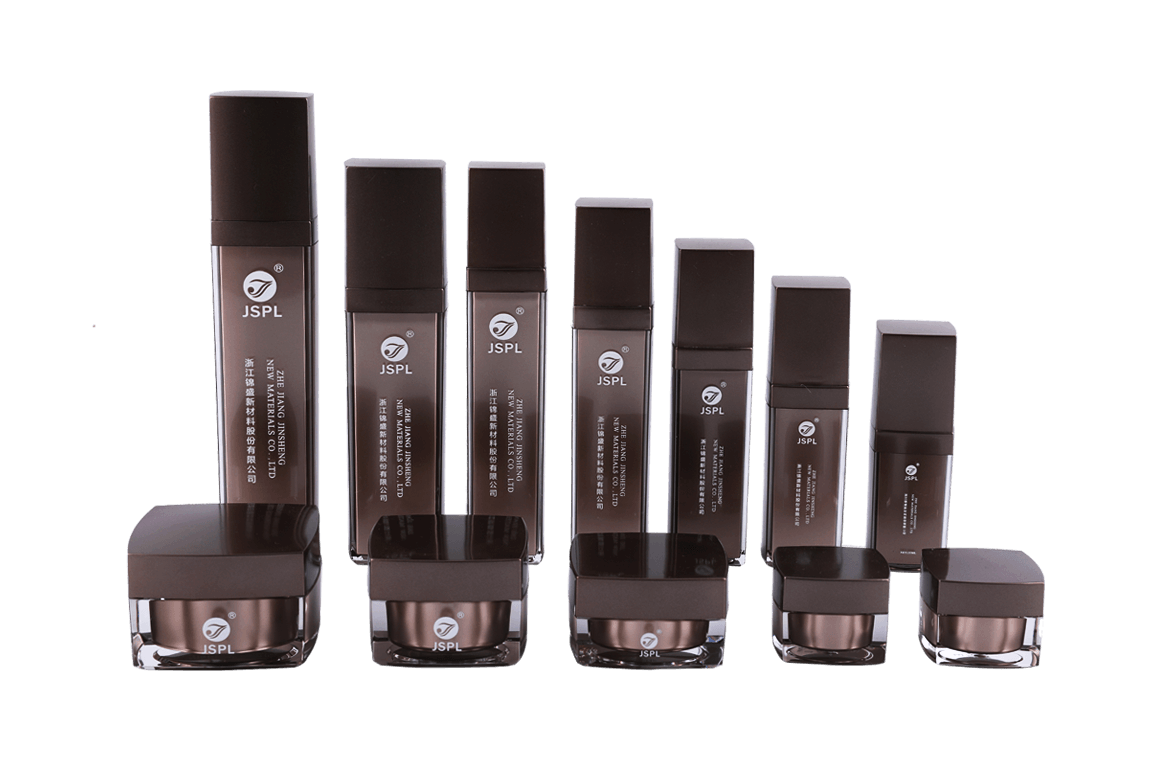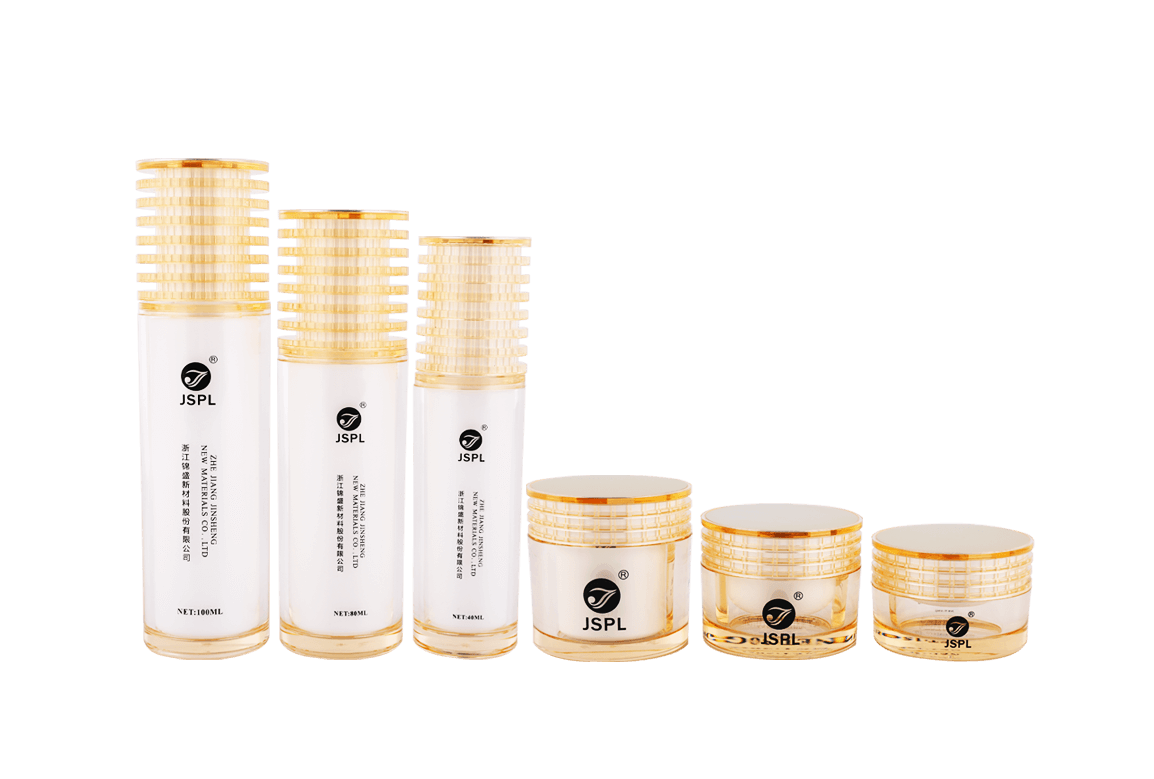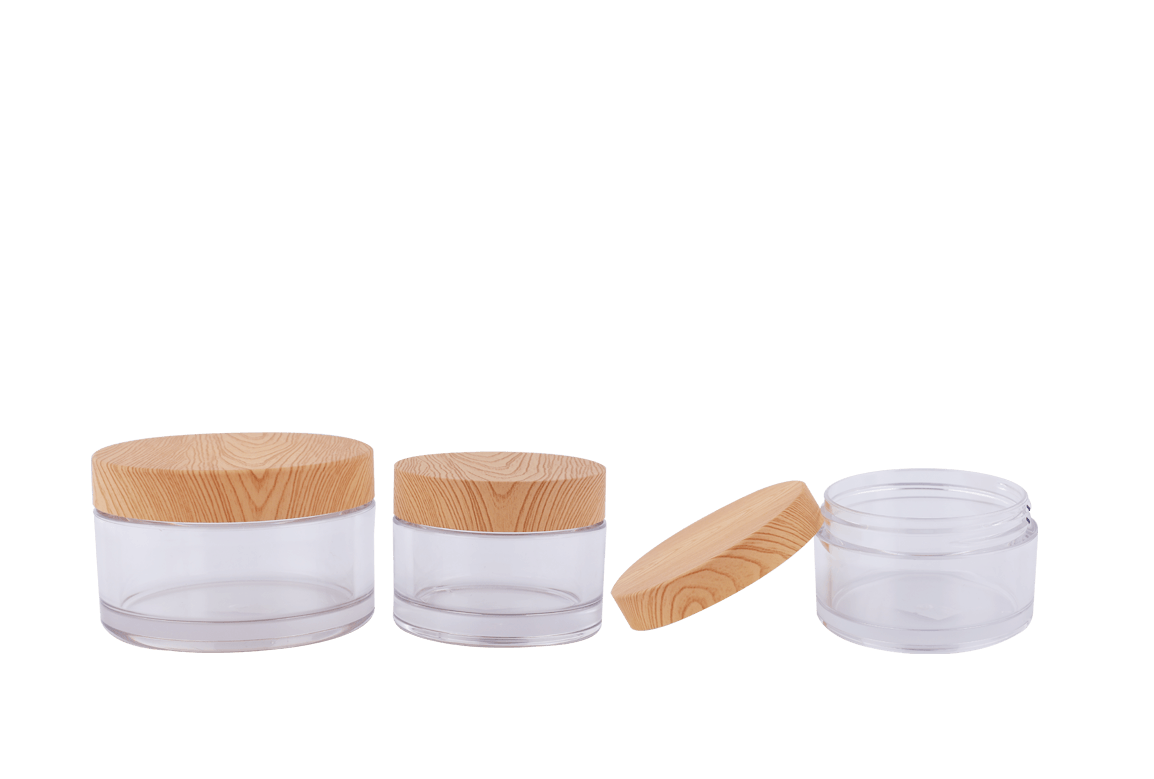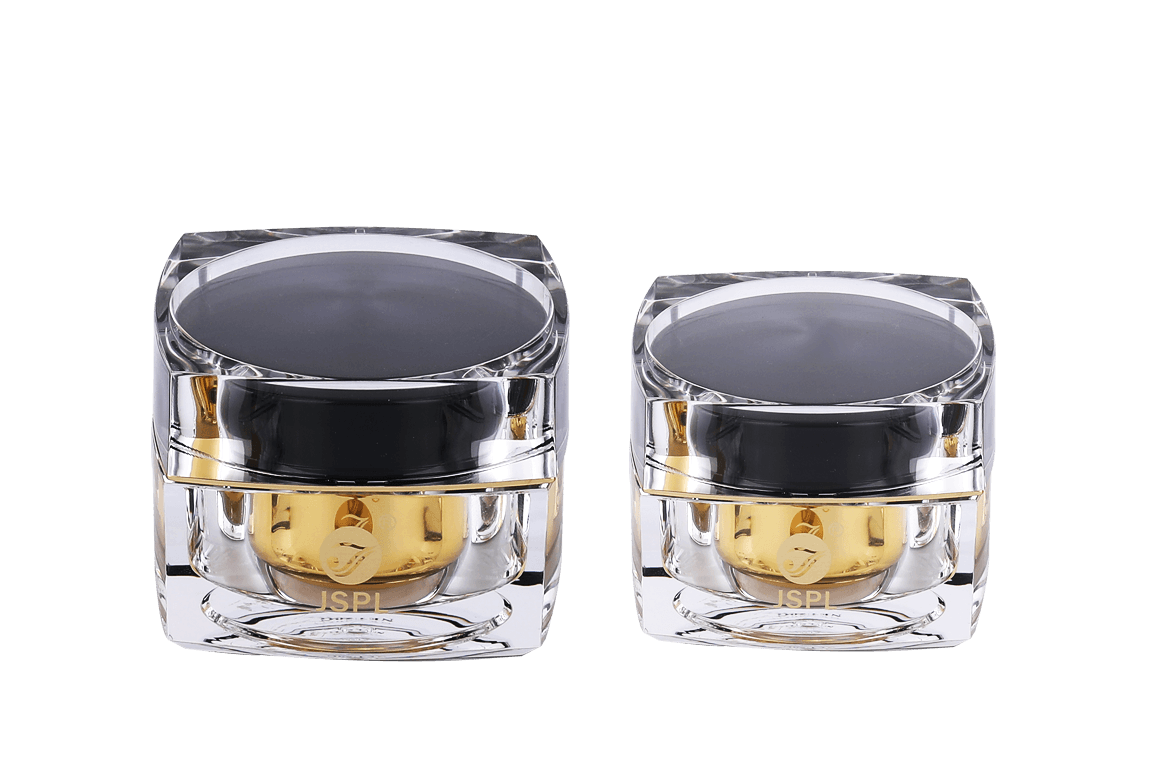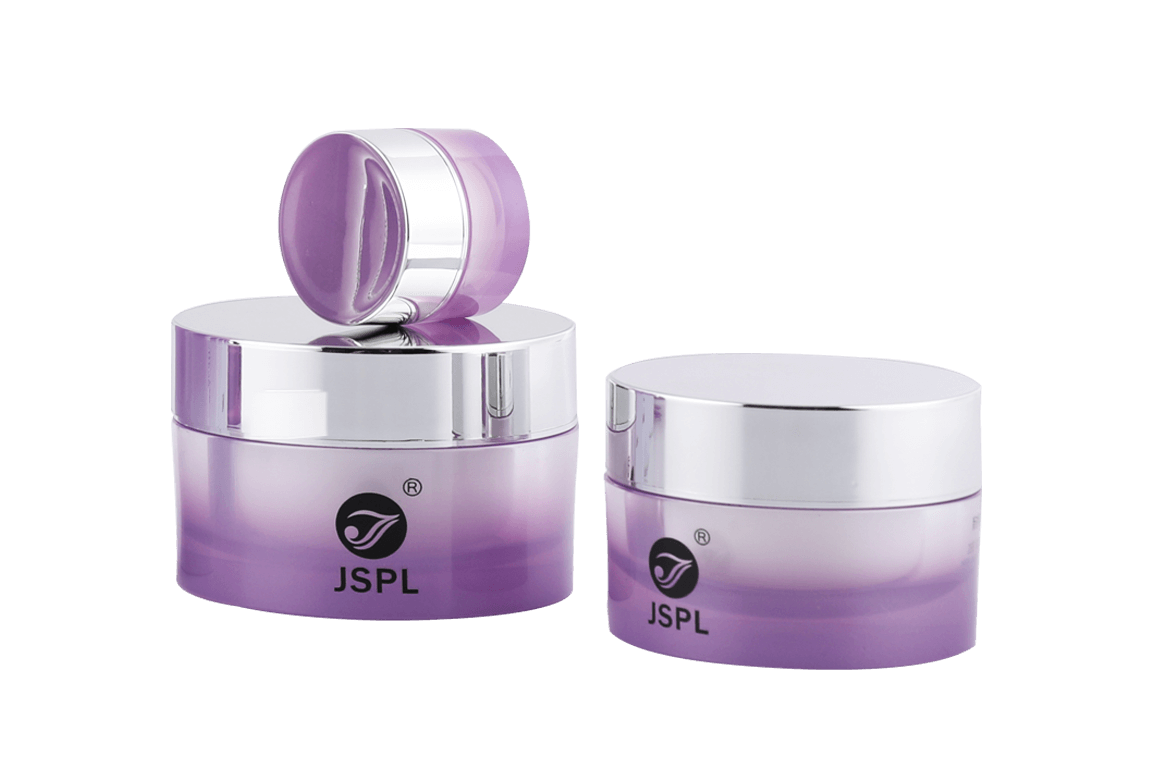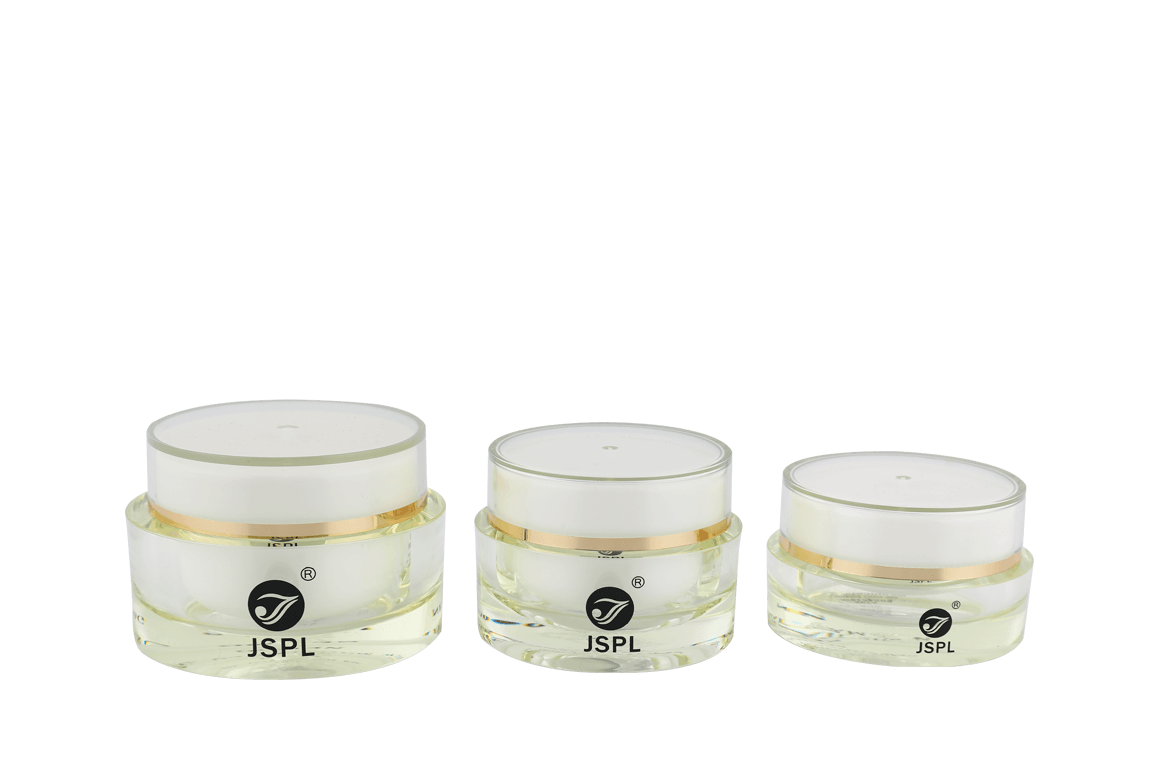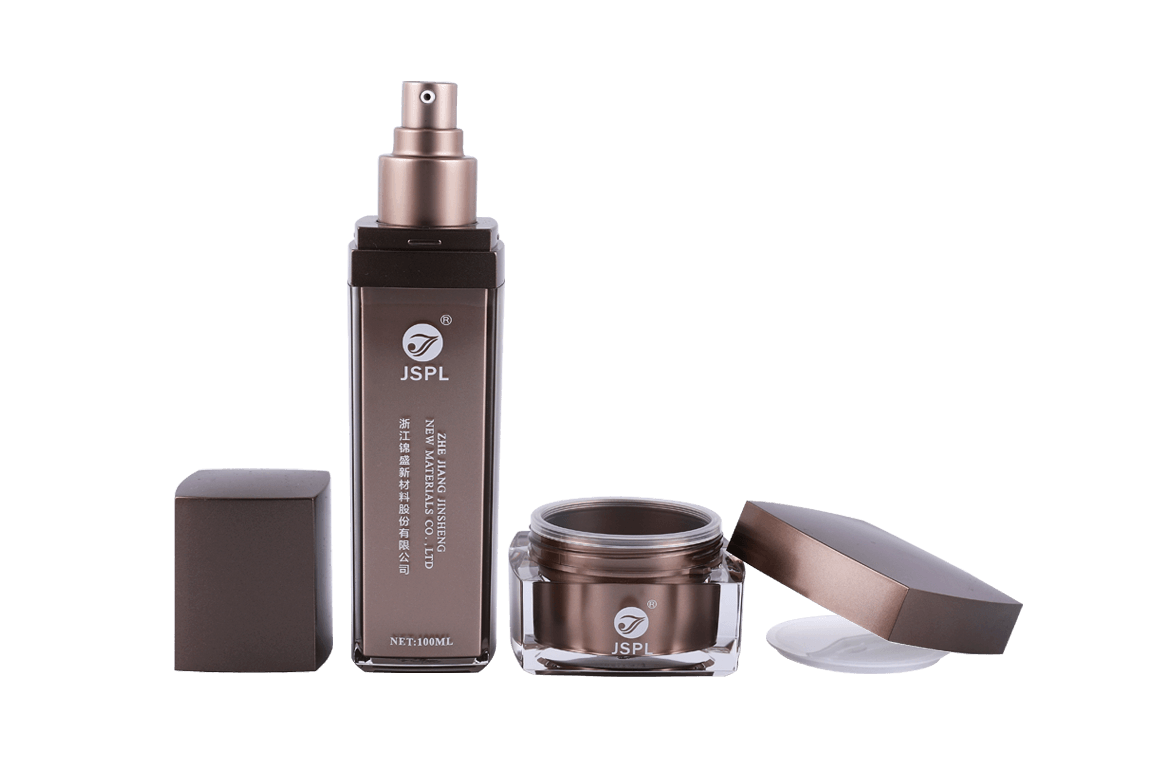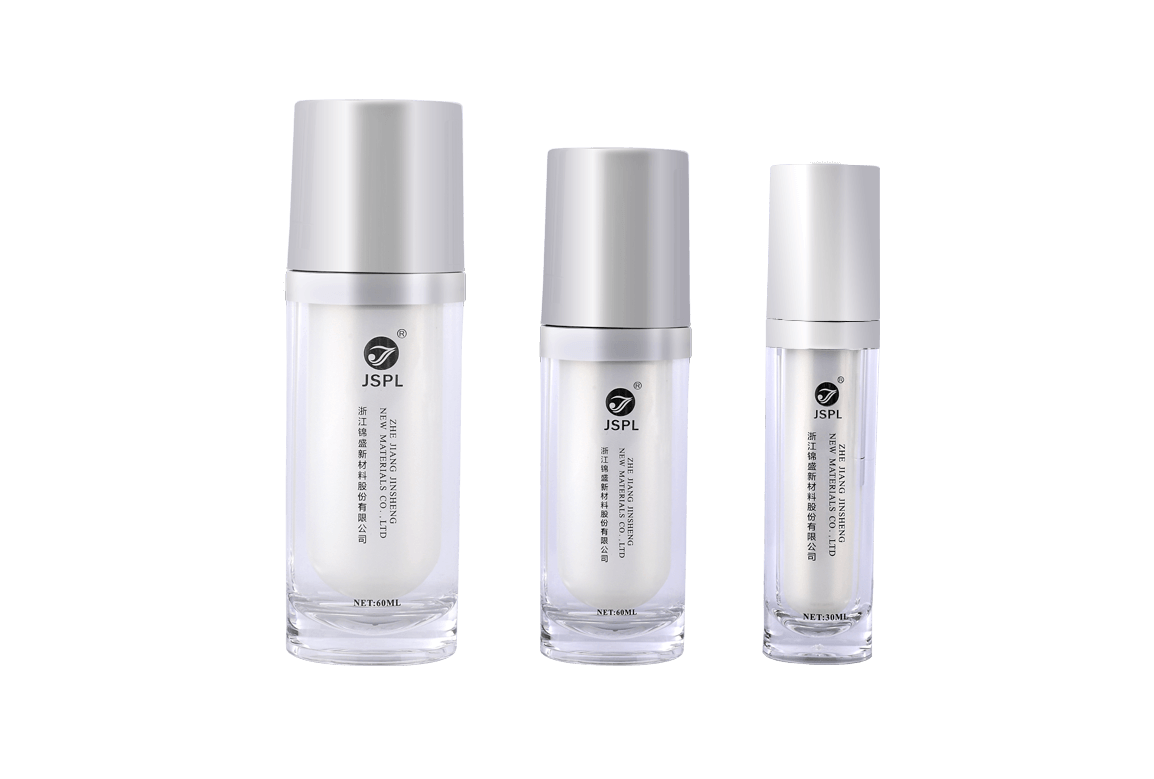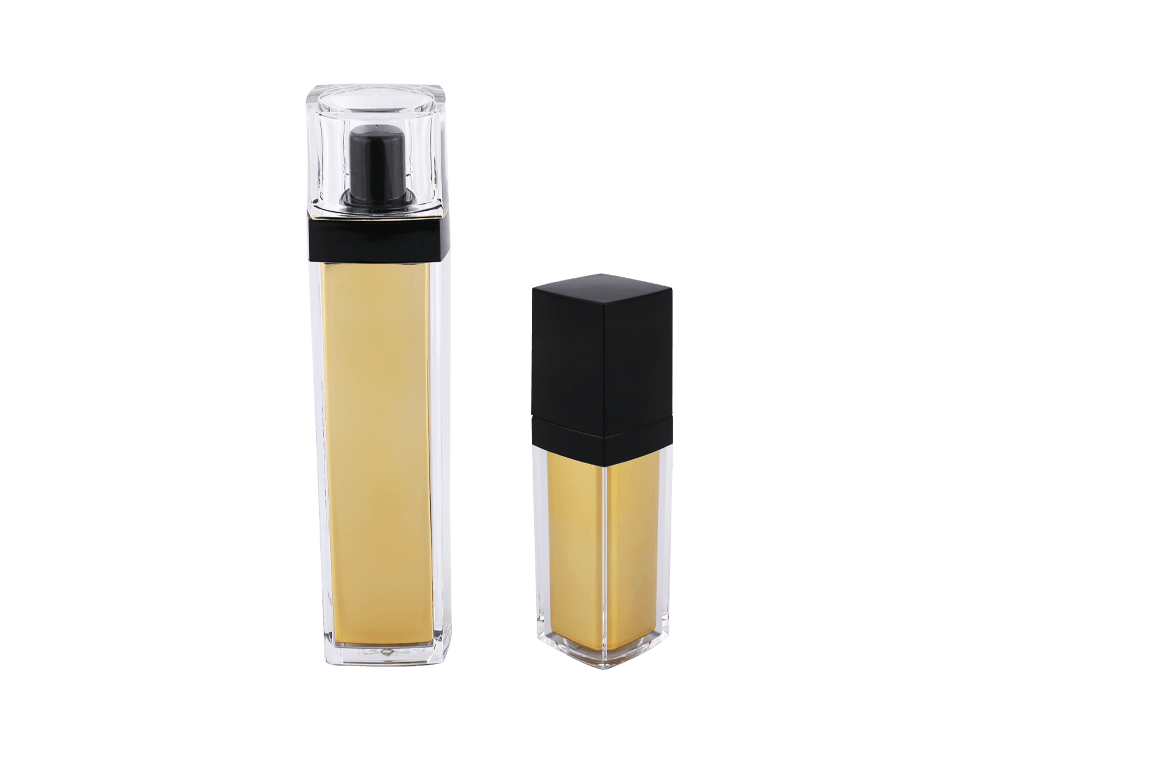As a container commonly used for insulation and cooling, the vacuum bottle is not only designed to ensure safety during transportation, but more importantly, it is to prevent moisture and moisture from invading and ensure product performance and quality. Moisture-proof design occupies an extremely important position in vacuum bottle packaging, directly affecting the consumer experience and the market competitiveness of the product.
Selection of moisture-proof performance of packaging materials
Packaging materials are the first line of defense for moisture-proof design. Vacuum bottle packaging usually uses a combination of multiple materials, common ones include corrugated cartons, plastic films, foam buffer materials and aluminum foil. When choosing a material, its moisture resistance and moisture permeability must be considered.
Corrugated cardboard box: suitable for outer packaging, requires high paper density and uniform coating, and increases its waterproof and moisture-proof performance. A moisture-proof coating or composite material, such as PE coated paper, is often used to improve moisture-proofing.
Plastic film: used for packaging inner layer packaging, high barrier materials such as OPP, PET, etc. must be used to effectively prevent water vapor and air from entering the packaging.
Aluminum foil material: has extremely low moisture permeability and excellent barrier properties. It is often used as an inner wrapper or buffer layer to enhance the overall moisture resistance of the packaging.
Material selection should comprehensively consider moisture-proof performance, cost and environmentally friendly properties to ensure that the packaging is both moisture-proof and in line with the green development trend.
Moisture protection considerations in packaging structure design
A reasonable packaging structure design helps effectively isolate moisture and prevent vacuum bottle from getting damp and deteriorating.
Multi-layer structural design: adopts multi-layer composite packaging, the inner layer blocks water vapor, and the outer layer prevents mechanical damage, forming a double protective barrier.
Confined space design: Keep dry space in the packaging to avoid direct contact between moisture and the bottle body. A desiccant bin is set up in the packaging to adsorb residual moisture through the desiccant.
Buffer material layout: Buffer material is not only shock-proof, but also moisture-proof. For example, use closed-cell foam to prevent moisture penetration.
During structural design, it is necessary to avoid excessive packaging gaps to prevent water vapor from seeping into the interior of the packaging through the gaps.
Application of sealing technology
Sealing technology is the core link of moisture-proof design, and good sealing performance can block moisture into the maximum.
Heat sealing process: The plastic packaging adopts heat sealing technology to ensure that the sealing is leak-free. The heat sealing parameters need to be strictly controlled to ensure sealing strength.
Adhesive seal: For paper packaging, seal the seal with high-efficiency moisture-proof glue to prevent moisture absorption at the edges of the packaging.
Zipper bag or vacuum bag: Some high-end vacuum bottle packaging uses multi-layer zipper bag or vacuum packaging to enhance the sealing effect and improve moisture resistance.
The choice of sealing process requires combining material characteristics and packaging form to ensure the stability and durability of the sealing effect.
Use of packaging lining and desiccant together
Lining materials and desiccants play a key auxiliary role in moisture-proof design.
Lining material: Use inner lining materials with moisture absorption and barrier functions, such as aluminum foil film and PE film to prevent moisture from directly contacting the bottle body.
Desiccant configuration: Commonly used silicone desiccants, activated carbon and other hygroscopic agents are placed inside the packaging to actively absorb residual moisture and keep the environment inside the packaging dry.
Adding anti-mold agent: For environments with high humidity, anti-mold ingredients can be added to the packaging lining or desiccant to prevent mold growth and protect product quality.
The rational configuration of the lining and desiccant can form a drying environment and improve the moisture-proof effect of the packaging.

 Chinese
Chinese España
España Italia
Italia Le français
Le français
